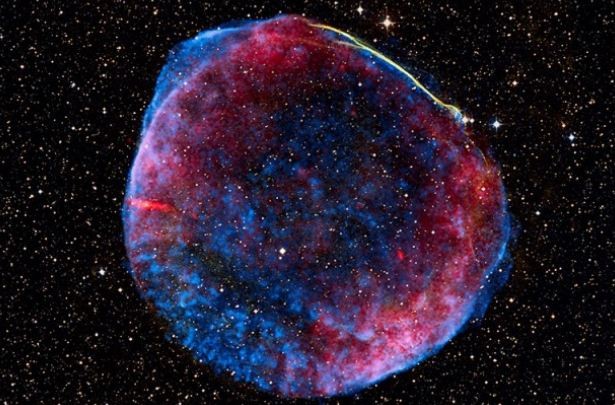It's not a well known fact our solar system exists inside a bubble of gas produced by the explosion of supernovae millions of years ago.
This is because of conflicting explanations for and against this theory. But the argument for th supernovae theory is now accepted by the scientific community after conclusive proof was obtained a few years ago and published in a recent study.
It's now been established that our solar system exists inside what scientists refer to as the "Local Bubble" or the "local hot bubble".
The Local Bubble is estimated to be 300 light years long (or 1,764,000,000,000,000 miles) and its walls are made of gas with a temperature in excess of one million degrees, said CNN.
It isn't shaped like a bubble but is somewhat egg-shaped or elliptical, and may widen above and below the galactic plane, becoming shaped like an hourglass, said astronomers.
This massive gas bubble was formed when hot gases were blown into space by a series of supernovae or supernova explosions that took place from 10 to 20 million years ago, a fairly recent event in cosmic terms.
In scientific terminology, the Local Bubble is a "cavity in the interstellar medium (ISM)" in the Orion Arm of the Milky Way. Among its contents are the Solar System and the Local Interstellar Cloud, G-cloud.
The solar system has been traveling through the region currently occupied by the Local Bubble for the last five to 10 million years. It's currently located in the Local Interstellar Cloud (LIC), a minor region of denser material within the Bubble.
What alerted astronomers to the existence of the Local Bubble was the background 0.25 keV X-ray radiation coming from all directions. The Local Bubble of hot gas was first surmised in the late 1960s but only conclusively proven in 2012 when NASA launched a sounding rocket to a height of 250 kilometers to detect the charge exchange in the inner solar system beyond the Earth's atmosphere.



























